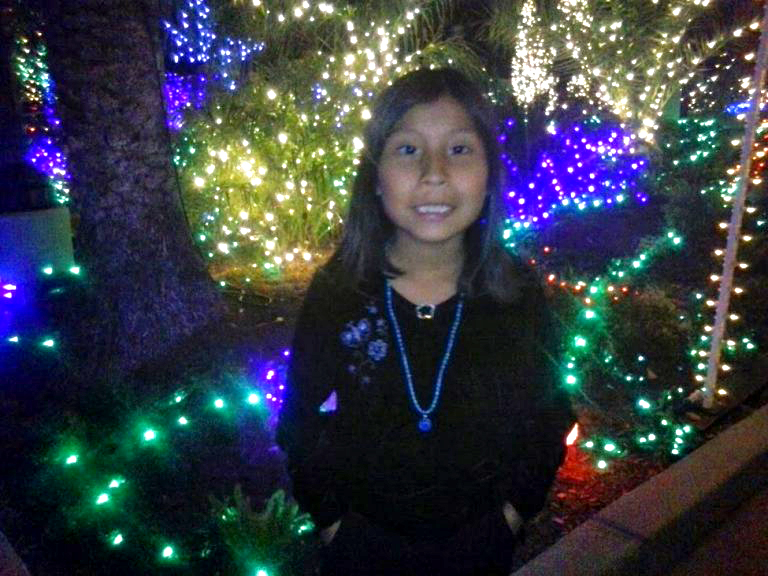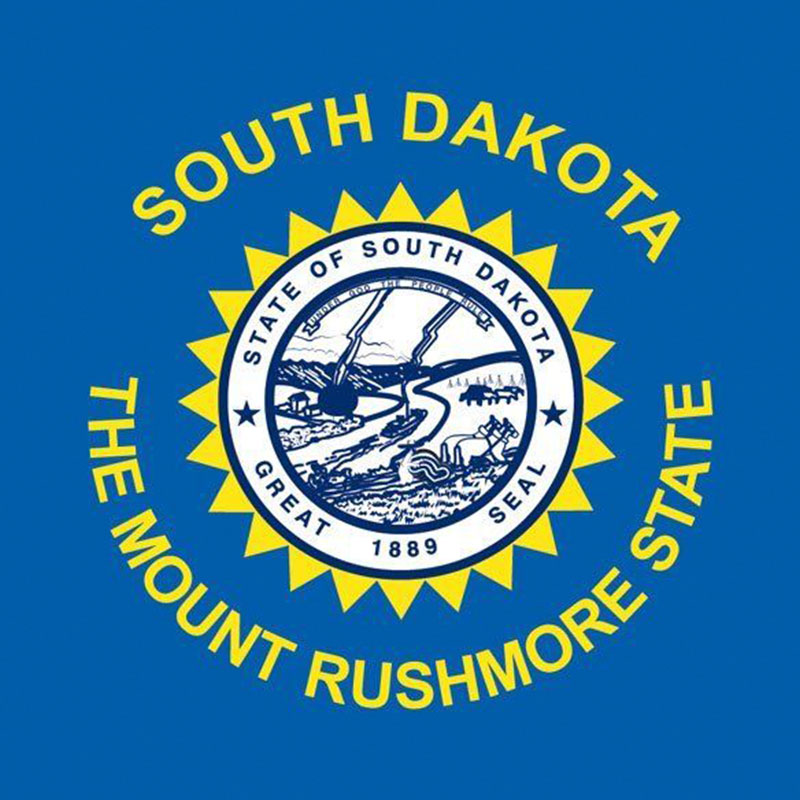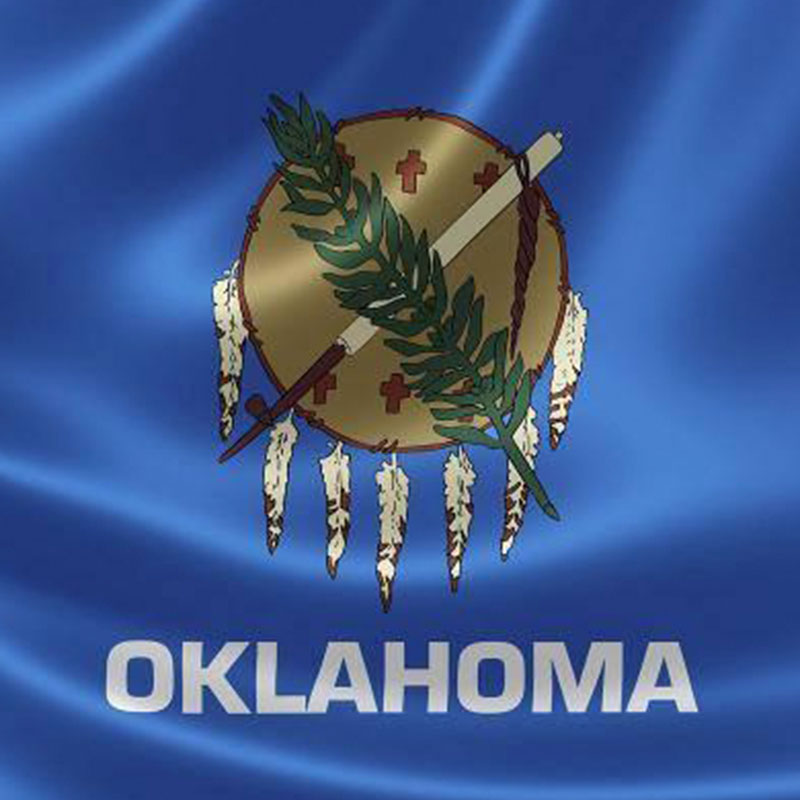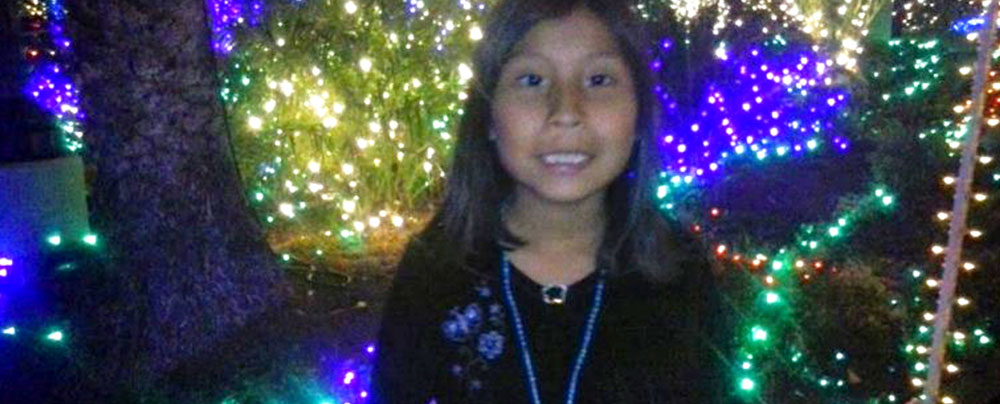Walking in Remembrance of Ashlynne Mike

In Our Hearts
We thought of you today.
But that is nothing new.
We thought about you yesterday.
And days before that too.
We think of you in silence.
We often speak your name.
Now all we have memories.
And your picture in a frame.
Your memory is our keepsake.
With which we’ll never part.
God has you in his keeping.
We have you in our hearts.
Author – Unknown
Contributed by Pamela Foster, mother of Ashlynne
May 2, 2021, will mark five years since the abduction of my children Ashlynne and Ian Mike. Ian was at a tender age of 9 and still very young and spent a majority of his time cementing his relationship with his sister. Ashlynne was 11 and she was in the “in-between” years of 9 and 12 and was flourishing as she moved through her childhood. I was blessed with two amazing children and life was just about as perfect as it could be. I’m not sure how to begin the story of the abduction of my children, but I can say we were “not ready” for the shock that occurred that day.
On the morning of May 2, 2016, Ian and Ashlynne woke up like any other morning, they got dressed for school, gave a round of morning hugs and off they went to school not knowing the terror that awaited them. My children were abducted after school from their school bus stop and my sweet angel never made it home.
Since that horrific day, I became my children’s advocate, fought for Justice, and raised awareness about the lack of AMBER AMBER Alert programs across Indian Country. With hard work from so many dedicated leaders who saw the loop hole in the system, we were able to pass the Ashlynne Mike AMBER Alert in Indian Country Act of 2018 on April 13, 2018.
I am elated we now have the Ashlynne Mike AMBER Alert in Indian Country program, a life-saving system for our indigenous children and their families. Tears flow down my cheeks because I am so passionate about making a change, and the very source of my movement started from the grassroots. Not sure if I’d get this far, I put all my faith in Ashlynne and the universe. My angel was with me in spirit every step of the way.
Since the tragedy, we remember Ashlynne with an annual walk. Unfortunately, we were not able to gather this year with each other like last year. Because the spirit of the walk is important to us, this year we met virtually.
On May 2, 2021, we honored Ashlynne and our thoughts were with our beautiful angel. A time to commemorate her life, a day in which we give so much respect to her. Although she is no longer with us, she is still moving mountains and her spirit still lives on. There’s always a special feel in the air when I’m working and doing things for her and I know she is with me/us. We love her dearly; she has touched the lives of so many people during her short time on earth. Eleven beautiful years filled with cherished memories, and they are kept safe in our hearts.
By commemorating this day to Ashlynne, we remember the times we shared together, celebrations from her birth to her death, and all the milestones in between. We will never forget those precious moments, the twinkle in her eyes, the sound of her laughter.

South Dakota creates office for missing Indigenous person cases
South Dakota Governor Kristi Noem signed a bill establishing an office for missing and murdered indigenous persons. The law establishes an investigator to analyze data involving Native American cases and create a program to prevent future abductions. The bill has strong support from tribal leaders.

Oklahoma considering law to help missing and murdered Indigenous people
Some Oklahoma lawmakers are seeking enactment of the Kasey Alert Act to address the problem of missing and murdered Native Americans. The bill is named after 26-year-old Kasey Russell who went missing five years ago. The law would enable law enforcement to send out an emergency message to phones and road safety signs, similar to an AMBER Alert, for adults ages 18 to 59 who are believed to be in danger. Last year, Oklahoma passed Ida’s Law, which makes investigating missing and murdered Indigenous women easier for law enforcement.

Wyoming issues report on missing and murdered Native Americans
A new report finds Wyoming’s Indigenous residents have a disproportionately higher homicide rate than the general population. Wyoming Governor Mark Gordon created the Missing and Murdered Indigenous Task Force in 2012 and assigned the group to address the barriers for investigating and helping victims. The report finds Indigenous people make up less than 3% of Wyoming’s population, yet account for 21% of homicide victims. These rates are also higher than the national average.
- Tribal communities identified three key barriers to consistent reporting and response to cases.
- Lack of trust in law enforcement and/or the judicial process.
- Absence of a single point of contact among law enforcement, agencies and communities to help families navigate the system.
- Perceived lack of information concerning the timely progress of an investigation or judicial proceeding.

